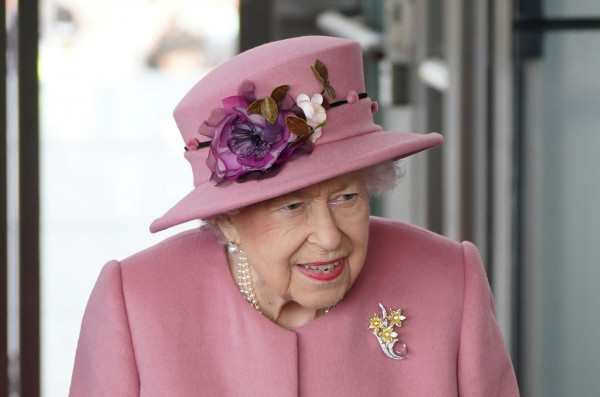Queen Elizabeth Overturned Historic Rule for Prince Louis' Title: Here’s How It Happened

Prince Louis, the third and youngest child of Prince William and Kate Middleton, would have had a very different official name and title if not for the intervention of his great-grandmother, the late Queen Elizabeth II. When he was born on April 23, 2018, Louis was formally named His Royal Highness Prince Louis of Cambridge, a title that broke with a historic royal precedent set over a century ago.
The origins of this change trace back to a 1917 rule established by King George V, Queen Elizabeth's grandfather. Under this rule, royal titles and the style of "His/Her Royal Highness" (HRH) were limited to the children of the monarch, the children of the sons of the monarch, and the eldest living son of the eldest son of the Prince of Wales. This meant that without special intervention, Prince Louis would have been known as Master Louis Cambridge or Master Louis Windsor, as he was not directly in line to inherit the throne.
In light of this rule, Prince Louis, as the great-grandson of the reigning monarch at the time of his birth, did not automatically qualify for a prince title. His elder brother, Prince George, did meet the criteria as the eldest son of the eldest son of the Prince of Wales. However, Louis and his sister, Princess Charlotte, would have been excluded from such titles.
Understanding the significance of equal treatment for her great-grandchildren, Queen Elizabeth II made a pivotal decision. She issued a Letters Patent to ensure that all the children of Prince William and Kate Middleton would be granted the titles of prince and princess and the HRH style, regardless of their position in the line of succession. This move not only allowed Prince Louis to be officially recognized as a prince but also extended the same honor to Princess Charlotte.
This royal adjustment is not without precedent but remains significant. For instance, the children of Prince Harry and Meghan Markle, Archie and Lilibet, were born in 2019 and 2021, respectively, and were initially known as Master Archie Mountbatten-Windsor and Miss Lilibet Mountbatten-Windsor. They did not receive royal titles at birth due to their status as great-grandchildren of the reigning monarch. However, following Queen Elizabeth's death in 2022 and the ascension of King Charles III, Archie and Lilibet automatically became eligible for the titles of prince and princess as grandchildren of the new king. Their titles were officially updated in March 2023 to Prince Archie of Sussex and Princess Lilibet of Sussex.
The passing of Queen Elizabeth II also brought about changes for Prince William and Princess Kate's titles. With Prince William becoming the Prince of Wales, Kate assumed the title of Princess of Wales. Consequently, their children are now formally known as Prince George of Wales, Princess Charlotte of Wales, and Prince Louis of Wales.
The decision by Queen Elizabeth II to grant titles to Prince Louis and Princess Charlotte reflects her progressive approach to royal tradition. It underscores her desire to adapt to contemporary expectations of fairness and equality within the royal family. As a result, Prince Louis's full name is Louis Arthur Charles, without a surname, adhering to the royal convention for those holding princely titles.
Prince William and Kate Middleton's youngest children, now bearing the titles that might not have been theirs under older rules, represent the evolving nature of the British monarchy. The intervention by Queen Elizabeth ensured that the royal titles would be distributed more equitably among her descendants, thus paving the way for a more modern interpretation of royal status.












